Energy Storage
Brian Cashion
Energy Storage
Accure Battery Intelligence
Energy Storage
Jim Brown
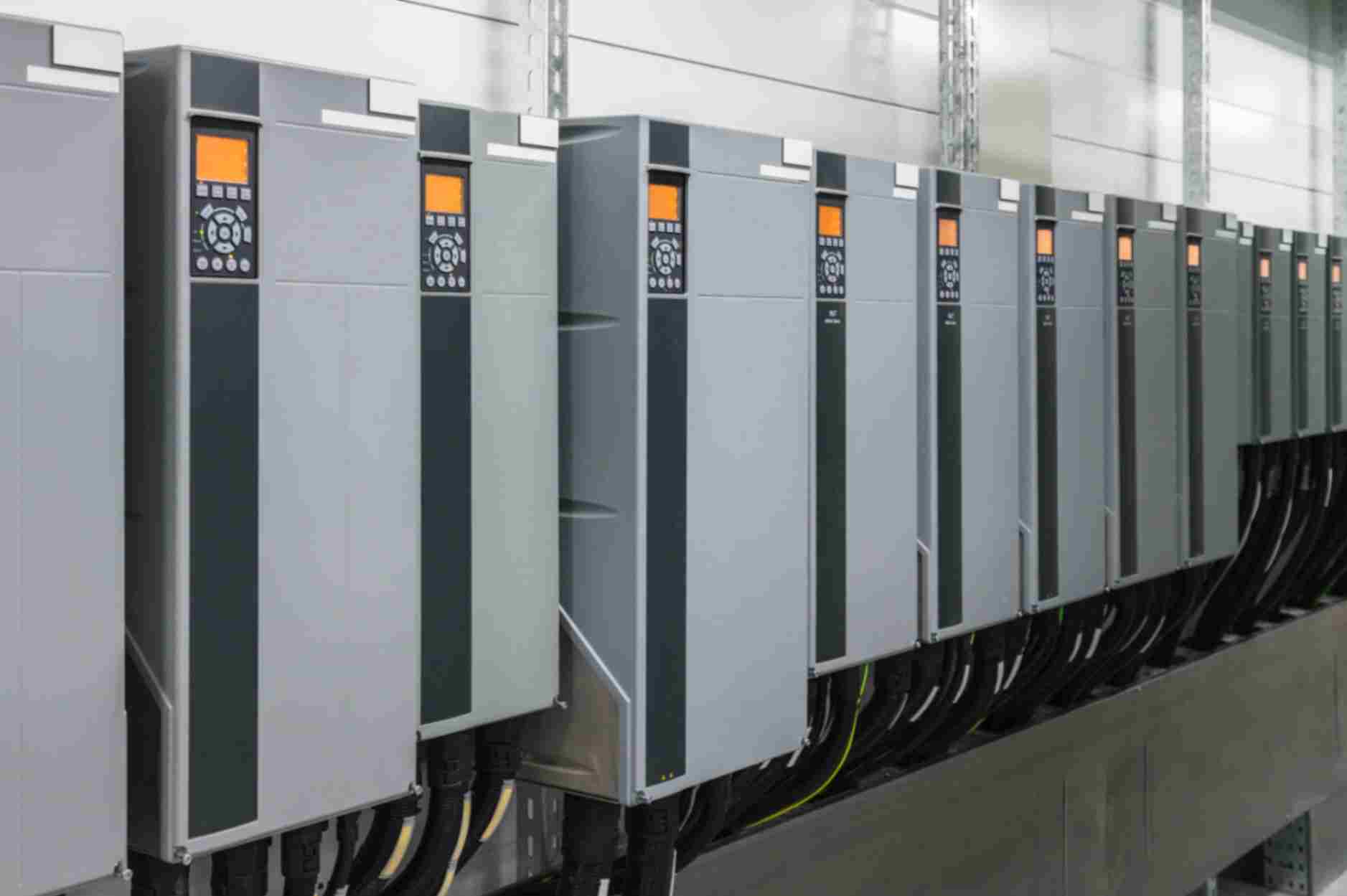
SparkMeter, a provider of grid management services, equipment, and software solutions that increase access to reliable electricity across global markets, announced that it will be supporting Honeywell's groundbreaking new platform, Honeywell Forge Performance+ For Utilities. As one of the largest utility digital solution providers in the world, Honeywell is leveraging SparkMeter's modern industrial IoT technology as part of their cloud-based platform to help utilities improve their operations and enhance performance of existing utility grid assets.
Estimates show that appropriate grid modernization efforts to update the aging US infrastructure may cost billions, even trillions, in the coming decades. Even with recent federal incentives and regulations aimed at strengthening grid resilience and reliability, near-term solutions are needed to augment existing infrastructure and provide utilities with insights and visibility to improve overall energy resilience and enable integration for solar panels, wind turbines, energy storage systems and electric vehicles.
Incorporating AI, machine learning and digital twin capabilities, SparkMeter's data engineering platform, Praxis, enables Honeywell's Forge Performance+ For Utilities to deliver real-time insights and visualizations for grid health indicators. Those insights are powered by SparkMeter's groundbreaking apps – GridScan and GridFin – which pull data from utility GIS, AMI, and other systems to provide never-before-seen insights into the operational and financial health of the grid. In partnership with SparkMeter, Honeywell's newest offering digitalizes grid data into actionable insights, increases internal operational efficiency and assists in identifying overloaded assets and power quality issues for its utility customers in the US, which include SECO Energy.
"Partnering with SparkMeter to offer near real-time grid analytics translates into even better value for Honeywell's utility customers. We are better positioned than ever to help utilities deliver operational reliability, energy supply resiliency, and more – and best of all, we're able to do that by leveraging existing utility assets and data," said Hamed Heyhat, President of Honeywell Smart Energy and Thermal Solutions (SETS).
SparkMeter currently operates in more than 25 countries worldwide with plug-and-play grid management technology solutions customized to address the needs of utilities in all markets. This platform collaboration comes on the heels of Honeywell's strategic $5 million investment and partnership with SparkMeter in November 2023, which aims to bring smart grids across the United States and Africa.
"Our domestic power grids are facing a reckoning, and the need to modernize and digitalize our existing assets is crucial to protect our national energy infrastructure," said Dan Schnitzer, CEO of SparkMeter. "We're honored to partner with Honeywell to help utilities protect and future-proof their operations and assets for decades to come."
SparkMeter | https://www.sparkmeter.io/
Honeywell | https://www.honeywell.com/us/en
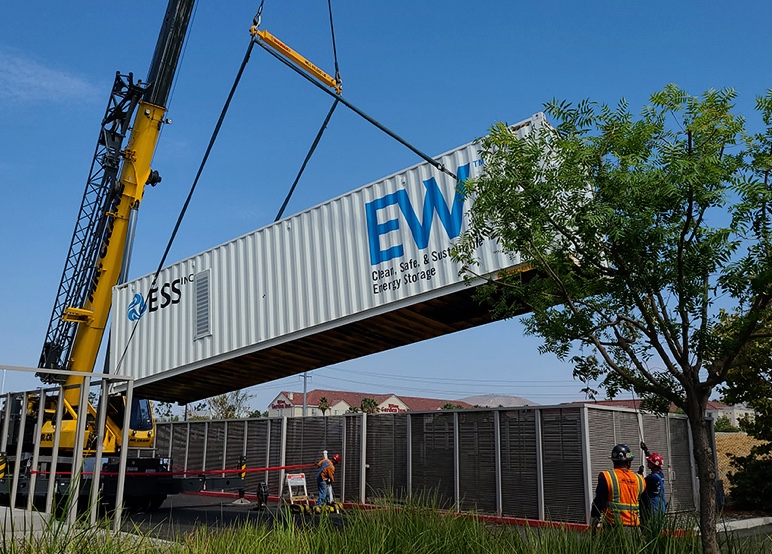
ESS Tech, Inc., (ESS) (NYSE: GWH) a leading manufacturer of long-duration energy storage (LDES) systems for commercial and utility-scale energy storage applications, and Burbank Water and Power (BWP) celebrated the commissioning of BWP’s first LDES system. “This project represents a major step toward achieving our goal of 100% carbon free power by 2040,” said Mandip Samra, General Manager of BWP. “The Energy Warehouse™ battery will enable our team to gain experience with iron flow long-duration energy storage technology which will be a linchpin of the renewable grid of the future.”
Local elected officials and business and community leaders were on hand to celebrate the installation and commissioning of the 75 kW / 500kWh ESS Energy Warehouse iron flow battery on the BWP EcoCampus. The ESS iron flow battery system has been installed and connected to a 265 kW solar array. Once fully operational it will provide power equivalent to the consumption of ~300 homes and will demonstrate the critical role of iron flow technology in a renewable, resilient energy system.
“Visionary utilities like Burbank Water and Power are leading the way to the clean energy future by incorporating advanced long-duration energy storage technologies today,” said Eric Dresselhuys, CEO of ESS. “We look forward to working with BWP and other leading utilities in California and beyond for years to come.”
LDES will play a critical role in achieving California’s ambitious decarbonization goal: 100% zero-emission electricity by 2045. The California Energy Storage Alliance estimates that the state will need 13,571 MW of LDES by 2028 to integrate intermittent renewable energy and optimize assets for a cleaner, more affordable and reliable grid.
This commissioning follows ESS’ recent attainment of IEEE 693 seismic certification for its Energy Center product line and builds on other recent commissioning and delivery milestones with customers including the U.S. Army Corps of Engineers, Sacramento Municipal Utility District and Turlock Irrigation District.
ESS Tech | www.essinc.com
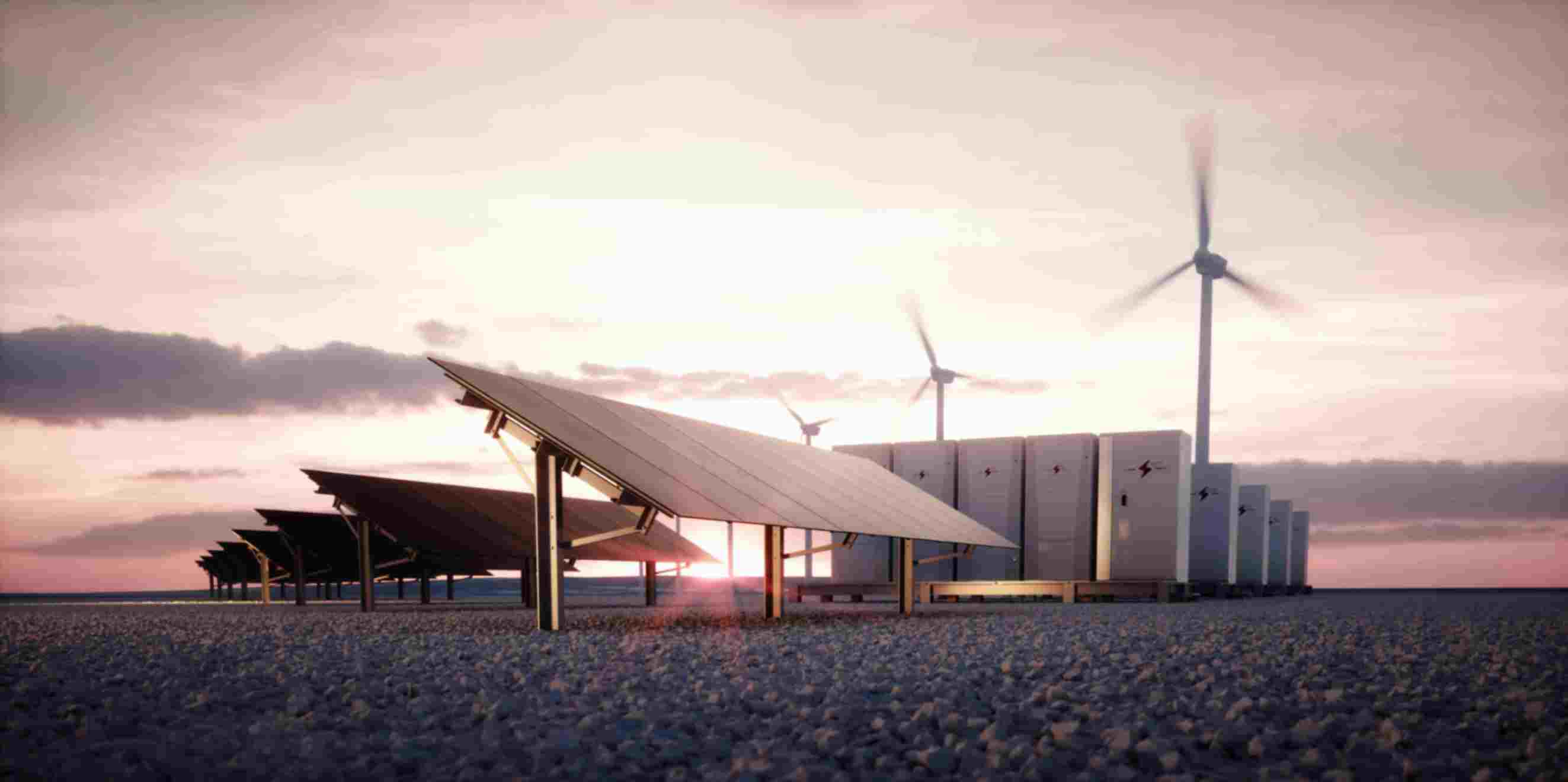
Following is a quote from Gyanesh Chaudhary, Chairman & Managing Director of Vikram Solar on World Environment Day 2024:
“We at Vikram Solar renew our pledge to advance India's climate goals and foster a sustainable tomorrow. Recognizing our critical role as leaders in renewable energy, we are more determined than ever to confront climate change head-on and champion sustainable practices. By harnessing solar power, we not only fuel our nation’s transition to cleaner energy but also catalyse the shift toward a more sustainable way of living. Moreover, our commitment extends to minimizing our environmental footprint through initiatives like adopting paperless operations. This approach is not merely about powering homes and industries—it is about pioneering innovations that inspire global environmental stewardship. By aligning our actions with these principles, we illuminate the path to a resilient, green future, proving that technological advancement and ecological responsibility can indeed
coexist.”
Vikram Solar | https://www.vikramsolar.com/
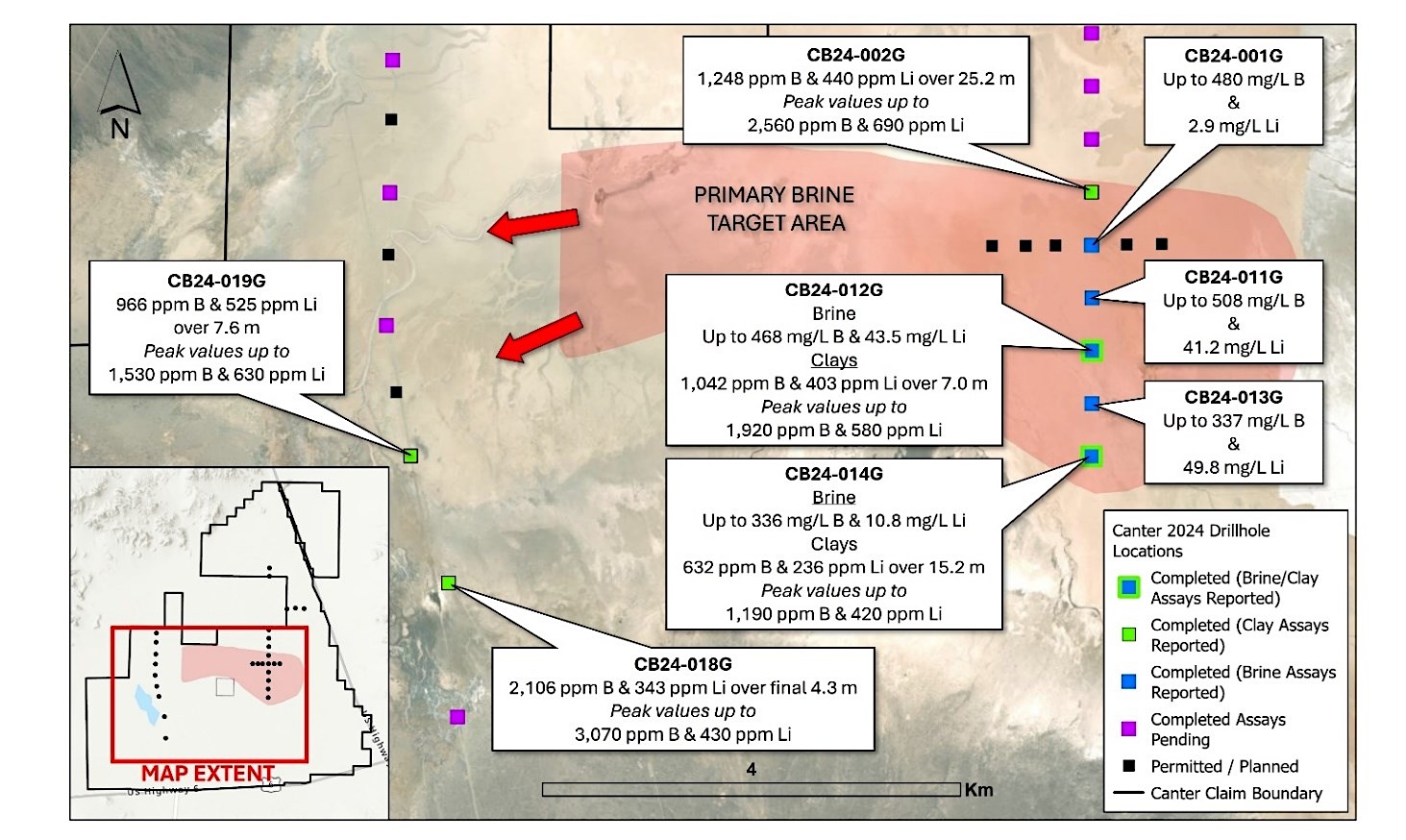
Canter Resources Corp. (CSE: CRC) (OTC Pink: CNRCF) (FSE: 6O1)("Canter" or the "Company") is pleased to report initial brine and clay/sediment assay results from the Company's completed 15-hole Phase I shallow Geoprobe drill program at its Columbus Lithium-Boron Project ("Columbus" or the "Project"), located near Tonopah, Nevada. The assays reported herein correspond to approximately 35% of the samples collected during the program.
"We are excited to see these boron-enriched brine concentrations and significant sedimentary intervals within the first ~30 metres along an extended strike length at Columbus," stated Canter CEO Joness Lang. "Seeing boron enriched brines and lithium enriched clays in this shallow interval provides further proof-of-concept, supports our ongoing targeting, and speaks to the multi-commodity potential at Columbus. Boron production is currently limited to a few regions and operators globally and with boron applications rapidly advancing across our most critical growth sectors, including semiconductors and EVs, we view the potential to define significant boron mineralization, domestically, as a tremendous opportunity. We are just getting started with our phased drilling approach and look forward to more results from Phase I before probing deeper in subsequent campaigns set to commence in early Q3/2024."
Highlighted Brine Results (Total values):
CB24-012G: 454 mg/L B, 43.5 mg/L Li and 5,870 mg/L K at 17.37 m depth
CB24-011G: 446 mg/L B, 41.2 mg/L Li and 5,030 mg/L K at 12.19 m depth
CB24-012Gx: 468 mg/L B, 15.3 mg/L Li and 4,410 mg/L K at 19.05 m depth
CB24-011Gx: 508 mg/L B, 2.8 mg/L Li and 4,110 mg/L K at 0.82 m depth
CB24-013G: 337 mg/L B, 49.8 mg/L Li and 5,630 mg/L K at 14.63 m depth
Highlighted Clay Assay Results (Assays rounded - See Table 2):
CB24-002G: 1,248 ppm B, 440 ppm Li and 2.7% K average over 25.15 m from surface
Including 1,441 ppm B and 583 ppm Li over 13.0 m (up to 2,560 ppm B / 690 ppm Li)
CB24-019G: 966 ppm B, 525 ppm Li and 3.4% K over 7.6 m (up to 1,530 ppm B / 630 ppm Li)
CB24-018G: 2,106 ppm B and 343 ppm Li over final 4.3 m (up to 3,070 ppm B / 430 ppm Li)
CB24-012G: 1,042 ppm B, 403 ppm Li and 2.66% K over 7 m (up to 1920 ppm B / 580 ppm Li)
Initial Observations and Interpretation of Results
A total of 15 shallow drill holes were completed to test the interpreted upper brine generation layer of the basin. The initial five drill holes (400 m spaced north-south grid) consistently intersected aquifers, capturing saturated brines at shallow depths over 2 km, returning significant near-surface boron-enriched brines and lithium-enriched clays, collectively providing support for the Company's deeper brine targeting.
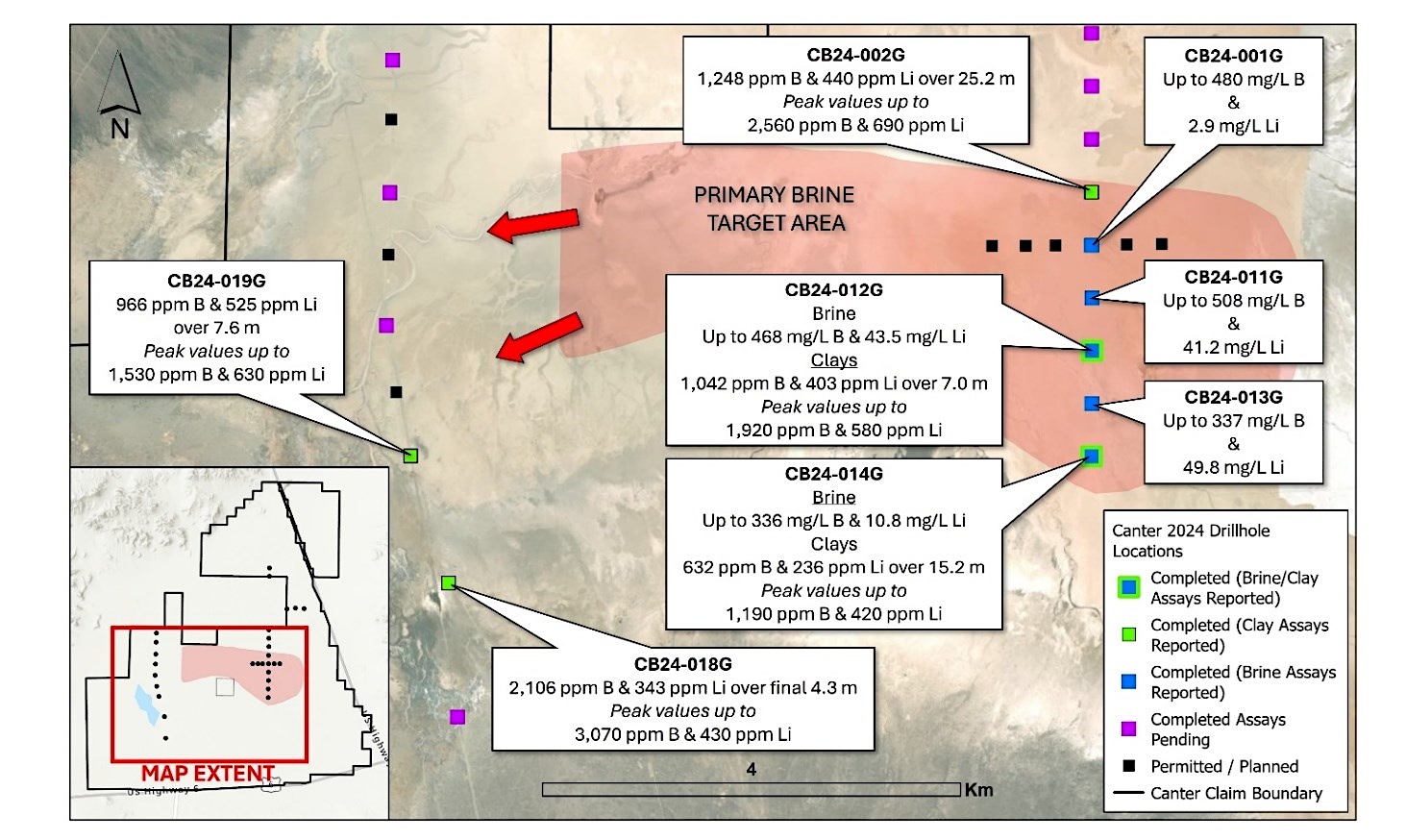
Figure 1: Zoomed in plan view highlighting brine (mg/L) and clay (ppm) total values for lithium and boron.
The initial findings from the shallow drilling campaign highlight not only the substantial boron and lithium values, but also reveal the significant role of potassium and barium in influencing the geochemical environment. The Company views the potassium concentrations - as high as 5% in these assays - as playing a crucial role in maintaining lithium in solution due to ion exchange processes. This helps lithium remain mobile and migrate to deeper aquifers where it can concentrate in structural traps.
Anomalous boron values near surface are a commonly used pathfinder for targeting significant lithium concentrations deeper in a mineralized system, but the Company views the consistently elevated boron values in shallow brines and clays as very significant on a standalone basis. Boron brine concentrations ranged from 315 mg/L to 508 mg/L and averaged 417 mg/L across the initial brine results. Boron values (and total dissolved solids - "TDS") also increased with depth (see Figure 2 below).
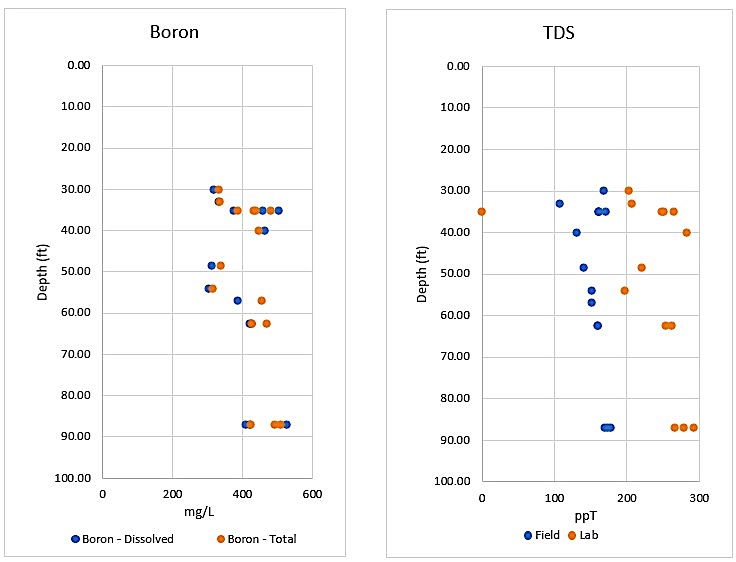
Figure 2: Comparison showing boron and TDS values increasing with depth. Historical assay data indicates boron values increase with depth within the upper levels of the basin and this new data corroborates this theory.
Boron: Established Market, Emerging Applications & Strategic Importance
The boron market is rapidly emerging as a critical mineral due to its use in numerous high-tech and clean energy applications, making the presence of boron mineralization at Columbus potentially significant.
The boron market is expected to grow to more than $3 billion USD by 20271, with Rio Tinto's US Borax and Turkey's state-owned Eti Maden producing an estimated 85% of global supply.2
Ioneer's ($300M USD market capitalization) claystone deposit hosts significant boron and shares the same volcanic source rocks as Columbus.
Potential for significant boron concentrations at Columbus are considered excellent, with past borax brine production (late 1800s) and significant boron concentrations demonstrated in clays and brines from historical and now current drilling, respectively.
The established boron market has been serving industrial sectors (ceramics, glass, agriculture and cleaning products) for a long time, however;
The boron market is evolving and rapidly growing (currently more than 300 applications), including tech and clean energy, with significant amounts of boron in EVs, and super magnets created using boron being used in solar panels, nuclear reactors and wind turbines.
A boron derivative has emerged as the best semiconductor material on earth, according to a recently competed study by researchers at MIT3.
To learn more about boron and its more than 300 applications, visit the Company's Boron 101 webpage.
Table 1 - Highlighted Brine Sample Results
| Sample ID | Sample Depth (m) |
Total Sample Volume (mL) |
B Total mg/L |
B Dissolved mg/L |
Li Total mg/L |
Li Dissolved mg/L |
K Total mg/L |
K Dissolved mg/L |
| CB24-014G-33 | 10.1 | 350.0 | 336.0 | 331.0 | 10.8 | 2.5 | 4250.0 | 3820.0 |
| CB24-014G-54 | 16.5 | 350.0 | 315.0 | 303.0 | 4.4 | 4.0 | 3340.0 | 3090.0 |
| CB24-013G-30 | 9.1 | 350.0 | 331.0 | 316.0 | 2.5 | 2.1 | 3860.0 | 3750.0 |
| CB24-013G-48 | 14.8 | 350.0 | 337.0 | 312.0 | 49.8 | 2.3 | 5630.0 | 3510.0 |
| CB24-012G-35 | 10.7 | 350.0 | 385.0 | 375.0 | 2.7 | ND | 4410.0 | 4110.0 |
| CB24-012G-57 | 17.4 | 350.0 | 454.0 | 386.0 | 43.5 | 2.2 | 5870.0 | 3500.0 |
| CB24-012G-62.5x | 19.1 | 350.0 | 468.0 | 427.0 | 15.3 | 2.3 | 4410.0 | 4090.0 |
| CB24-011G-40 | 12.2 | 350.0 | 446.0 | 463.0 | 41.2 | 2.5 | 5030.0 | 4070.0 |
| CB24-011G-2.7x | 26.5 | 350.0 | 508.0 | 420.0 | 2.8 | ND | 4110.0 | 3270.0 |
| CB24-011G-18 | 26.5 | 350.0 | 425.0 | 409.0 | ND | ND | 3380.0 | 3210.0 |
| CB24-001G-35 | 10.7 | 350.0 | 480.0 | 458.0 | 2.8 | 2.4 | 4130.0 | 3850.0 |
| Notes: (x) = Duplicate. Total solids encompass all the solid matter, both dissolved and suspended, found in water, including organic and inorganic substances. In contrast, dissolved solids refer specifically to the portion of total solids that are soluble in water, such as salts, minerals, and some organic materials, passing through a filter and remaining in solution. | ||||||||
Table 2 - Highlighted Clay Assay Results
| Hole_ID | From (m) | To (m) | Interval (m) | B (ppm) | Li (ppm) | K (%) |
| CB24-002G | 0.0 | 4.6 | 4.6 | 1670.0 | 301.2 | 2.7 |
| CB24-002G | 12.2 | 25.1 | 13.0 | 1440.6 | 583.0 | 2.6 |
| Peak Values | - | - | ~1.5 | 2560 @ 0 to 1.52m | 690 @ 19.8 to 21.3m | 3.02 @ 10.5 to 12.2m |
| Hole Average | 0.0 | 25.1 | 25.1 | 1247.6 | 440.0 | 2.7 |
| CB24-012G | 0.0 | 3.0 | 3.0 | 1435.0 | 263.2 | 2.6 |
| CB24-012G | 12.2 | 19.2 | 7.0 | 1042.4 | 403.0 | 2.6 |
| Peak Values | - | - | ~1.5 | 1920 @ 0 to 1.52m | 580 @ 16.8 to 18.3m | 3.06 @ 12.2 to 13.7m |
| Hole Average | 0.0 | 19.2 | 19.2 | 853.3 | 323.3 | 2.7 |
| CB24-014G | 9.1 | 15.2 | 6.1 | 735.0 | 282.9 | 2.8 |
| Peak Values | - | - | ~1.5 | 1190 @ 0 to 1.52m | 420 @ 19.8 to 21.3m | 3.01 @ 9.1 to 10.6m |
| Hole Average | 0.0 | 15.2 | 15.2 | 632.0 | 236.0 | 2.7 |
| CB24-018G | 4.6 | 8.8 | 4.3 | 2105.7 | 343.2 | 3.3 |
| Peak Values | - | - | ~1.5 | 3070 @ 7.6 to 8.8m | 430 @ 6.1 to 7.6m | 3.4 @ 4.5 to 6.1m |
| Hole Average | 0.0 | 8.8 | 8.8 | 1161.7 | 226.7 | 3.2 |
| CB24-019G | 4.6 | 12.2 | 7.6 | 966.0 | 524.9 | 3.4 |
| Peak Values | - | - | ~1.5 | 1530 @ 6.1 to 7.6m | 630 @ 10.6 to 12.2m | 3.9 @ 12.2 to 13.7m |
| Hole Average | 0 | 21.3 | 21.3 | 581.5 | 390.7 | 3.18 |
| Notes: All holes completed were vertical and utilized a direct push Geoprobe 6620DT drilling rig. Peak value highlights range from 1.52 to 1.7 m in length. | ||||||
Canter Resources Corp. | https://canterresources.com/

ABB is the first manufacturer to offer the anticipated IE6 efficiency level in a magnet-free SynRM design. This is the latest development in the well-proven SynRM technology that ABB pioneered in 2011. These motors will appeal to innovative customers who want to future-proof their fleet by adopting the highest level of energy efficiency commercially available. Early adopters of IE6 hyper-efficiency motors will reap the benefits of reduced energy costs and increased productivity while moving ahead of current sustainability targets.
“Motor-driven systems in industrial facilities are major users of electricity and therefore maximizing their efficiency offers huge potential to cut emissions and help meet climate change targets. Using our new magnet-free SynRM motors reaching efficiency levels expected for future IE6 will also take energy savings to the next level,” says Stefan Floeck, Division President IEC Low Voltage Motors, ABB Motion. “SynRM is a perfect example of the commitment to innovation built into our DNA. Because the IE6 SynRM is the same size as the equivalent IE3 induction motor it is an easy and straightforward replacement for legacy motors. That makes it possible for customers to upgrade to modern, high efficiency products to future-proof their operations in a world of fluctuating energy costs.”
ABB’s wide range of SynRM motors has set the benchmark for magnet-free design. Their efficiency has progressed through IE4 to the IE5 versions launched in 2019. IE6 is assumed to be the next logical step that demonstrates the capability and technical superiority of SynRM technology. Despite not yet being specified in any official industry-wide standard, so far, each higher IE efficiency class has had 20 percent lower energy losses than the previous one, and ABB has continued this approach with the IE6 SynRM.
SynRM combines the performance of PM motors with the simplicity and service-friendliness of induction motors to achieve high energy efficiency that ensures a short payback time. The rotor has neither magnets nor windings and suffers virtually no power losses. The design also requires no rare earth metals and offers a high level of usability due to the wide availability of suitable variable speed drives (VSDs) to provide the required control capabilities.
ABB SynRM motors are part of the ABB EcoSolutions™ product portfolio that enables customers and partners to make more sustainable choices by providing enhanced transparency about each product’s circularity value and environmental impact. This ensures informed and responsible decision-making. Products within the portfolio comply with a set of key performance indicators defined in ABB’s circularity framework and carry an external, third-party verified environmental product declaration (ISO 14025 Type III).
The magnet-free SynRM motors are just one element in ABB’s comprehensive premium portfolio of high-performance motors that incorporates over 140 years of domain expertise to ensure maximum reliability combined with a commitment to sustainability. Recognizing that a single technology is not the answer to all customer needs, ABB aims to master all motor technologies. That is why, in addition to SynRM, ABB can also achieve expected levels for future IE6 efficiency with PM and PMaSynRM technology - a hybrid technology that pairs the SynRM design with a permanent magnet “boost”. This offers the right solution based on a comprehensive range of hyper-efficient technology building blocks to meet every segment- and application-specific need.
ABB Motion | https://new.abb.com/about/our-businesses/motion
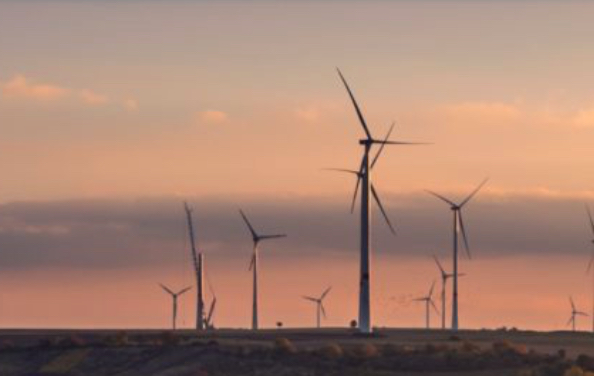
ArcVera Renewables, a leading global renewable energy technical consultancy, announced that it is expanding its consulting services reach by establishing European offices. Wind industry veteran Dr. Joerg Winterfeldt has joined the ArcVera Renewables team as European Continent Manager and Senior Atmospheric Scientist.

“ArcVera continues to expand globally. In addition to the United States, we now have offices in Brazil, India, South Africa, and Europe,” shared Greg Poulos, CEO and Principal Atmospheric Scientist, “With renewables growth in solar, wind, battery storage, green hydrogen, and green Power-to-X in Europe itself, and many European renewable energy companies actively ramping up expert support in the United States and other markets we already serve globally, the timing was right to move forward.”
Based in the Kiel area of Germany, Dr. Winterfeldt has engaged his expertise in renewable energy since beginning in 2000 with German-based developer Projekt GmbH and wind energy consultant Overspeed as Micrositing expert and in the following, researched wind and cyclones in the North Atlantic in the GKSS research center. In 2009 he teamed with General Electric as the Technical Lead - Micrositing Optimisation/Wind Resource Assessment. He progressed his career at GE, his most recent role as Senior Product Manager - Wind Farm Energy Guarantees. In 2022, Dr. Winterfeldt engaged his technical expertise working for Nordex as a Senior Expert - Project Optimization.
Dr. Winterfeldt offered his thoughts about his career and joining ArcVera: “I am excited to join the ArcVera expert team at this midpoint time in my career, and I am looking forward to leveraging my experience to expand ArcVera’s European footprint,” stated Winterfeldt, “Working for years with a developer, in atmospheric science, and with two top-tier wind turbine manufacturers has given me a depth of knowledge where I can see not only how accurate energy estimation impacts project energy performance, but also how the machines are optimized to maximize the resource potential. ArcVera is a leading global technical expert in energy resources and the machines that translate the wind resource into energy. ArcVera is a great opportunity to lend my knowledge, helping clients succeed and playing a role in the global energy transition.”
Dr. Winterfeldt will commercially develop ArcVera Renewables' expertise in wind and solar energy, adjacent energy storage, and green power-to-X services.
Arcvera Renewables | www.arcvera.com
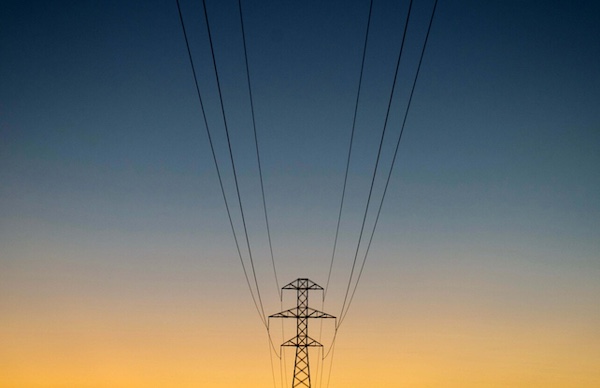
Customers of the grid company Norgesnett may receive lower grid fees if they charge their electrical vehicles (EVs) with surplus solar energy in their neighbourhood. The announcement is part of a joint launch with Volue of the eNabo service, the first of its kind in Norway.
The collaboration enables Norwegian electricity customers to be rewarded for using electricity at times that is beneficial to the neighbourhood level of the power grid. Norgesnett and Volue will work together as part of the Spark by Volue initiative, a thriving ecosystem of partners committed to sustainability. The goal is to establish a flexible grid that benefits the environment and generates long-term value.
The initiative seeks to facilitate the integration of renewable assets, initially in Norway and eventually across Europe, while maintaining a healthy and stable low-voltage grid.
“Many of us have become familiar with smart charging of electric cars, meaning we charge at times when electricity in the spot market is cheapest, typically at night. The problem with this type of first-generation smart charging is that it does not take into account the strain on the local power grid. It's not 'grid aware.' That's the element we're introducing now together with Norgesnett," says Kjetil Storset, Head of Spark by Volue.
“Today’s announcement supports our ambitions for the delivery of a resilient and balanced grid. By leveraging distributed energy resources, we are facilitating a more intelligent use of the power grid. Not only will this enhance grid stability, but it will reward consumers, creating value for our partners like Norgesnett in the process,” adds Kjetil.
“We all support the green shift, but for us as a grid company, solar panels on roofs and electric cars also pose a challenge. When a lot of solar energy flows onto the grid from private homes on sunny days, while more and more people choose to charge their electric cars at night, it creates increasing strain on the local power grid," says Vidar Kristoffersen, CEO of Norgesnett, which has around 100,000 grid customers.
The intention of the new service is to facilitate the influx of increasingly more solar energy from rooftops and increased use of electric cars without having to raise grid fees to finance extensive grid expansion.
The system will be managed through operators offering smart charging. The service will be offered in areas where it's seen that the grid is particularly heavily loaded. Initially, this will apply to around 160 neighbourhoods, but the number will increase as new solar production is rolled out. The customers who choose to join the scheme will have an extra line on their grid fee invoice from Norgesnett indicating the compensation. This will be independent of which electricity supplier they purchase electricity from.
With the new system, the grid company will receive an ongoing updated forecast for production, consumption, and bottlenecks in the local power grid in the coming days.
"We are passionately committed to keeping grid fees as low as possible, and for that, it's important to think innovatively, which we contribute to here," says Kristoffersen.
"If we do nothing, we'll soon face two alternatives. Either massive grid investments, which customers pay through increased grid fees, or throttling of solar energy production and electric car charging to avoid overload. In that case, we think it's much better to give customers a small reward for charging 'grid-smart' with local solar energy,” he adds.
Norgesnett | www.norgesnett.no

Alternative Energies Jun 26, 2023
Unleashing trillions of dollars for a resilient energy future is within our grasp — if we can successfully navigate investment risk and project uncertainties. The money is there — so where are the projects? A cleaner and more secure energy ....
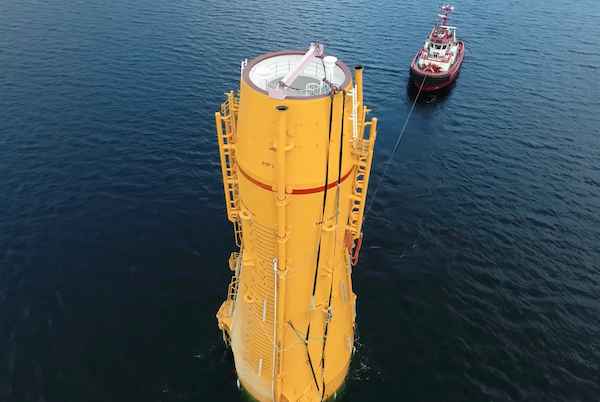
The Kincardine floating wind farm, located off the east coast of Scotland, was a landmark development: the first commercial-scale project of its kind in the UK sector. Therefore, it has been closely watched by the industry throughout its installation. With two of the turbines now having gone through heavy maintenance, it has also provided valuable lessons into the O&M processes of floating wind projects.
In late May, the second floating wind turbine from the five-turbine development arrived in the port of Massvlakte, Rotterdam, for maintenance. An Anchor Handling Tug Supply (AHTS)
vessel was used to deliver the KIN-02 turbine two weeks after a Platform Supply Vessel (PSV) and AHTS had worked to disconnect the turbine from the wind farm site. The towing vessel became the third vessel used in the operation.
This is not the first turbine disconnected from the site and towed for maintenance. In the summer of 2022, KIN-03 became the world’s first-ever floating wind turbine that required heavy maintenance (i.e. being disconnected and towed for repair). It was also towed from Scotland to Massvlakte.
Each of these operations has provided valuable lessons for the ever-watchful industry in how to navigate the complexities of heavy maintenance in floating wind as the market segment grows.

The heavy maintenance process
When one of Kincardine’s five floating 9.5 MW turbines (KIN-03) suffered a technical failure in May 2022, a major technical component needed to be replaced. The heavy maintenance strategy selected by the developer and the offshore contractors consisted in disconnecting and towing the turbine and its floater to Rotterdam for maintenance, followed by a return tow and re-connection. All of the infrastructure, such as crane and tower access, remained at the quay following the construction phase. (Note, the following analysis only covers KIN-03, as details of the second turbine operation are not yet available).
Comparing the net vessel days for both the maintenance and the installation campaigns at this project highlights how using a dedicated marine spread can positively impact operations.
For this first-ever operation, a total of 17.2 net vessel days were required during turbine reconnection—only a slight increase on the 14.6 net vessel days that were required for the first hook-up operation performed during the initial installation in 2021. However, it exceeds the average of eight net vessel days during installation. The marine spread used in the heavy maintenance operation differed from that used during installation. Due to this, it did not benefit from the learning curve and experience gained throughout the initial installation, which ultimately led to the lower average vessel days.
The array cable re-connection operation encountered a similar effect. The process was performed by one AHTS that spent 10 net vessel days on the operation. This compares to the installation campaign, where the array cable second-end pull-in lasted a maximum of 23.7 hours using a cable layer.
Overall, the turbine shutdown duration can be broken up as 14 days at the quay for maintenance, 52 days from turbine disconnection to turbine reconnection, and 94 days from disconnection to the end of post-reconnection activities.
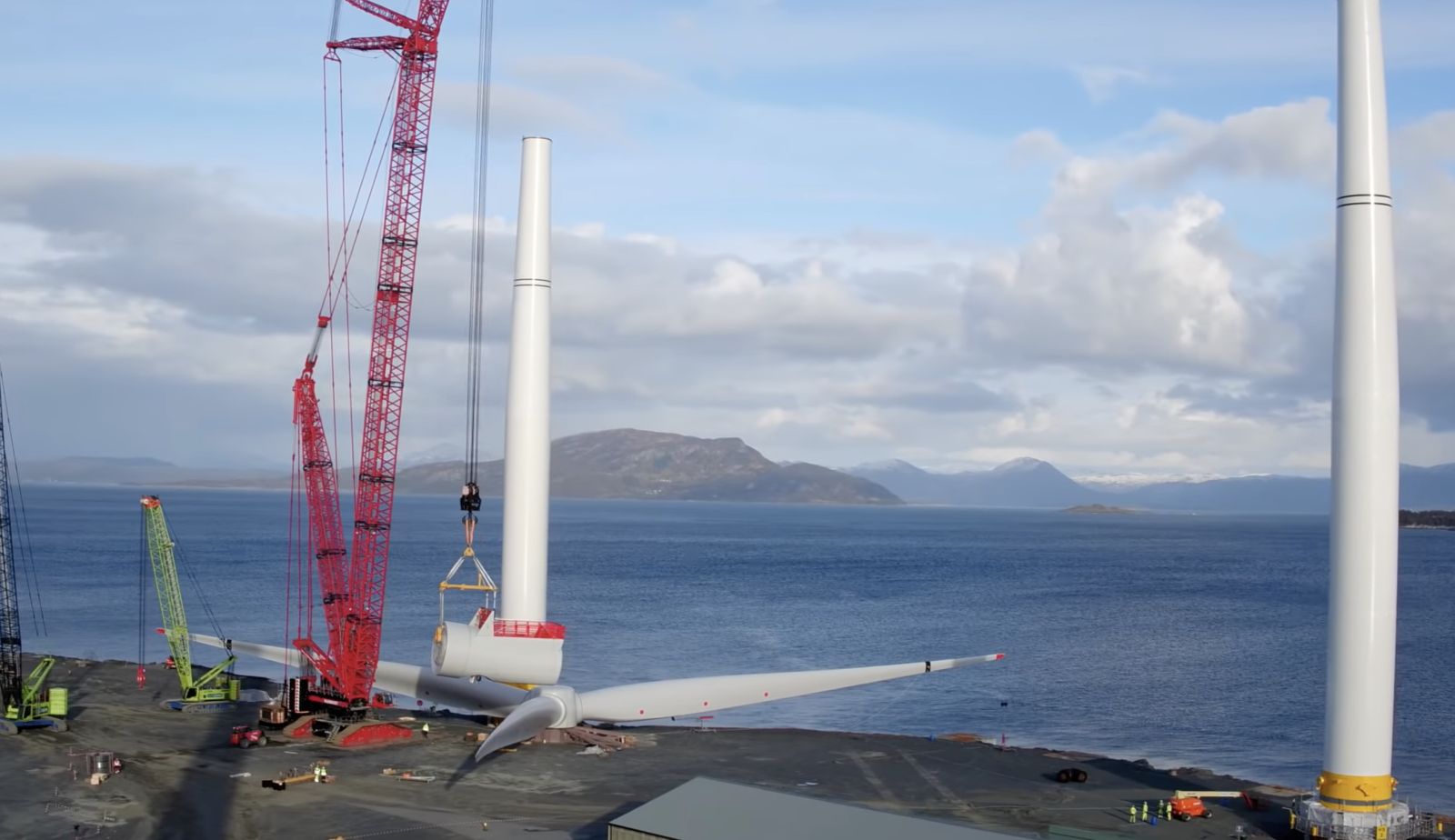
What developers should keep in mind for heavy maintenance operations
This analysis has uncovered two main lessons developers should consider when planning a floating wind project: the need to identify an appropriate O&M port, and to guarantee that a secure fleet is available.
Floating wind O&M operations require a port with both sufficient room and a deep-water quay. The port must also be equipped with a heavy crane with sufficient tip height to accommodate large floaters and reach turbine elevation. Distance to the wind farm should also be taken into account, as shorter distances will reduce towing time and, therefore, minimize transit and non-productive turbine time.
During the heavy maintenance period for KIN-03 and KIN-02, the selected quay (which had also been utilized in the initial installation phase of the wind farm project), was already busy as a marshalling area for other North Sea projects. This complicated the schedule significantly, as the availability of the quay and its facilities had to be navigated alongside these other projects. This highlights the importance of abundant quay availability both for installation (long-term planning) and maintenance that may be needed on short notice.
At the time of the first turbine’s maintenance program (June 2022), the North Sea AHTS market was in an exceptional situation: the largest bollard pull AHTS units contracted at over $200,000 a day, the highest rate in over a decade.
During this time, the spot market was close to selling out due to medium-term commitments, alongside the demand for high bollard pull vessels for the installation phase at a Norwegian floating wind farm project. The Norwegian project required the use of four AHTS above a 200t bollard pull. With spot rates ranging from $63,000 to $210,000 for the vessels contracted for Kincardine’s maintenance, the total cost of the marine spread used in the first repair campaign was more than $4 million.
Developers should therefore consider the need to structure maintenance contracts with AHTS companies, either through frame agreements or long-term charters, to decrease their exposure to spot market day rates as the market tightens in the future.

While these lessons are relevant for floating wind developers now, new players are looking towards alternative heavy O&M maintenance options for the future. Two crane concepts are especially relevant in this instance. The first method is for a crane to be included in the turbine nacelle to be able to directly lift the component which requires repair from the floater, as is currently seen on onshore turbines. This method is already employed in onshore turbines and could be applicable for offshore. The second method is self-elevating cranes with several such solutions already in development.
The heavy maintenance operations conducted on floating turbines at the Kincardine wind farm have provided invaluable insights for industry players, especially developers. The complex process of disconnecting and towing turbines for repairs highlights the need for meticulous planning and exploration of alternative maintenance strategies, some of which are already in the pipeline. As the industry evolves, careful consideration of ports, and securing fleet contracts, will be crucial in driving efficient and cost-effective O&M practices for the floating wind market.
Sarah McLean is Market Research Analyst at Spinergie, a maritime technology company specializing in emission, vessel performance, and operation optimization.
Spinergie | www.spinergie.com
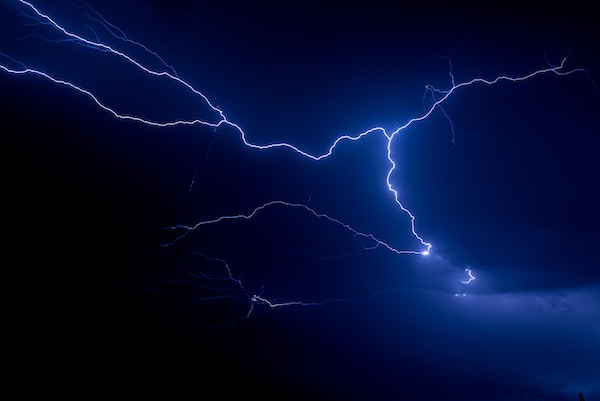
According to the Energy Information Administration (EIA), developers plan to add 54.5 gigawatts (GW) of new utility-scale electric generating capacity to the U.S. power grid in 2023. More than half of this capacity will be solar. Wind power and battery storage are expected to account for roughly 11 percent and 17 percent, respectively.
A large percentage of new installations are being developed in areas that are prone to extreme weather events and natural disasters (e.g., Texas and California), including high wind, tornadoes, hail, flooding, earthquakes, wildfires, etc. With the frequency and severity of many of these events increasing, project developers, asset owners, and tax equity partners are under growing pressure to better understand and mitigate risk.
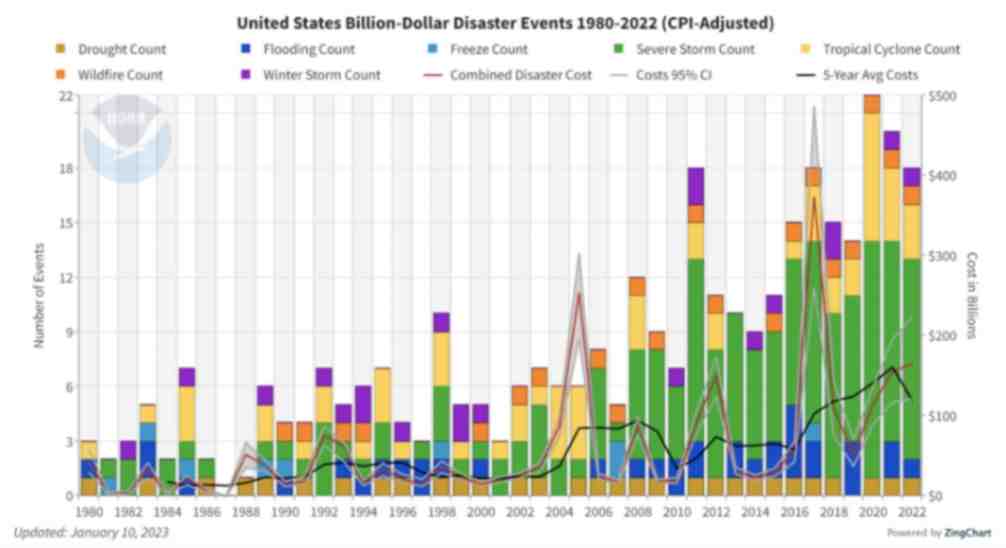
Figure 1. The history of billion-dollar disasters in the United States each year from 1980 to 2022 (source: NOAA)
In terms of loss prevention, a Catastrophe (CAT) Modeling Study is the first step to understanding the exposure and potential financial loss from natural hazards or extreme weather events. CAT studies form the foundation for wider risk management strategies, and have significant implications for insurance costs and coverage.
Despite their importance, developers often view these studies as little more than a formality required for project financing. As a result, they are often conducted late in the development cycle, typically after a site has been selected. However, a strong case can be made for engaging early with an independent third party to perform a more rigorous site-specific technical assessment. Doing so can provide several advantages over traditional assessments conducted by insurance brokerage affiliates, who may not possess the specialty expertise or technical understanding needed to properly apply models or interpret the results they generate. One notable advantage of early-stage catastrophe studies is to help ensure that the range of insurance costs, which can vary from year to year with market forces, are adequately incorporated into the project financial projections.
The evolving threat of natural disasters
Over the past decade, the financial impact of natural hazard events globally has been almost three trillion dollars. In the U.S. alone, the 10-year average annual cost of natural disaster events exceeding $1 billion increased more than fourfold between the 1980s ($18.4 billion) and the 2010s ($84.5 billion).

Investors, insurers, and financiers of renewable projects have taken notice of this trend, and are subsequently adapting their behavior and standards accordingly. In the solar market, for example, insurance premiums increased roughly four-fold from 2019 to 2021. The impetus for this increase can largely be traced back to a severe storm in Texas in 2019, which resulted in an $80 million loss on 13,000 solar panels that were damaged by hail.
The event awakened the industry to the hazards severe storms present, particularly when it comes to large-scale solar arrays. Since then, the impact of convective weather on existing and planned installations has been more thoroughly evaluated during the underwriting process. However, far less attention has been given to the potential for other natural disasters; events like floods and earthquakes have not yet resulted in large losses and/or claims on renewable projects (including wind farms). The extraordinary and widespread effect of the recent Canadian wildfires may alter this behavior moving forward.
A thorough assessment, starting with a CAT study, is key to quantifying the probability of their occurrence — and estimating potential losses — so that appropriate measures can be taken to mitigate risk.
All models are not created equal
Industrywide, certain misconceptions persist around the use of CAT models to estimate losses from an extreme weather event or natural disaster.
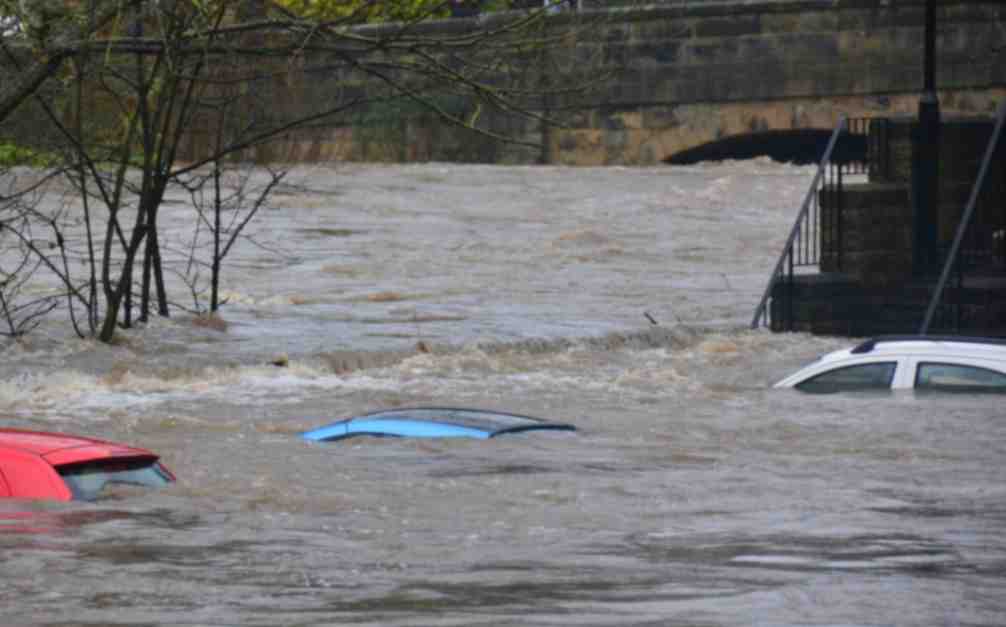
Often, the perception is that risk assessors only need a handful of model inputs to arrive at an accurate figure, with the geographic location being the most important variable. While it’s true that many practitioners running models will pre-specify certain project characteristics regardless of the asset’s design (for example, the use of steel moment frames without trackers for all solar arrays in a given region or state), failure to account for even minor details can lead to loss estimates that are off by multiple orders of magnitude.
The evaluation process has recently become even more complex with the addition of battery energy storage. Relative to standalone solar and wind farms, very little real-world experience and data on the impact of extreme weather events has been accrued on these large-scale storage installations. Such projects require an even greater level of granularity to help ensure that all risks are identified and addressed.
Even when the most advanced modeling software tools are used (which allow for thousands of lines of inputs), there is still a great deal that is subject to interpretation. If the practitioner does not possess the expertise or technical ability needed to understand the model, the margin for error can increase substantially. Ultimately, this can lead to overpaying for insurance. Worse, you may end up with a policy with insufficient coverage. In both cases, the profitability of the asset is impacted.
Supplementing CAT studies
In certain instances, it may be necessary to supplement CAT models with an even more detailed analysis of the individual property, equipment, policies, and procedures. In this way, an unbundled risk assessment can be developed that is tailored to the project. Supplemental information (site-specific wind speed studies and hydrological studies, structural assessment, flood maps, etc.) can be considered to adjust vulnerability models.
This provides an added layer of assurance that goes beyond the pre-defined asset descriptions in the software used by traditional studies or assessments. By leveraging expert elicitations, onsite investigations, and rigorous engineering-based methods, it is possible to discretely evaluate asset-specific components as part of the typical financial loss estimate study: this includes Normal Expected Loss (NEL), also known as Scenario Expected Loss (SEL); Probable Maximum Loss (PML), also known as Scenario Upper Loss (SUL); and Probabilistic Loss (PL).
Understanding the specific vulnerabilities and consequences can afford project stakeholders unique insights into quantifying and prioritizing risks, as well as identifying proper mitigation recommendations.
Every project is unique
The increasing frequency and severity of natural disasters and extreme weather events globally is placing an added burden on the renewable industry, especially when it comes to project risk assessment and mitigation. Insurers have signaled that insurance may no longer be the main basis for transferring risk; traditional risk management, as well as site and technology selection, must be considered by developers, purchasers, and financiers.
As one of the first steps in understanding exposure and the potential capital loss from a given event, CAT studies are becoming an increasingly important piece of the risk management puzzle. Developers should treat them as such by engaging early in the project lifecycle with an independent third-party practitioner with the specialty knowledge, tools, and expertise to properly interpret models and quantify risk.
Hazards and potential losses can vary significantly depending on the project design and the specific location. Every asset should be evaluated rigorously and thoroughly to minimize the margin for error, and maximize profitability over its life.
 Chris LeBoeuf is Global Head of the Extreme Loads and Structural Risk division of ABS Group, based in San Antonio, Texas. He leads a team of more than 60 engineers and scientists in the US, UK, and Singapore, specializing in management of risks to structures and equipment related to extreme loading events, including wind, flood, seismic and blast. Chris has more than 20 years of professional experience as an engineering consultant, and is a recognized expert in the study of blast effects and blast analysis, as well as design of buildings. He holds a Bachelor of Science in Civil Engineering from The University of Texas at San Antonio, and is a registered Professional Engineer in 12 states.
Chris LeBoeuf is Global Head of the Extreme Loads and Structural Risk division of ABS Group, based in San Antonio, Texas. He leads a team of more than 60 engineers and scientists in the US, UK, and Singapore, specializing in management of risks to structures and equipment related to extreme loading events, including wind, flood, seismic and blast. Chris has more than 20 years of professional experience as an engineering consultant, and is a recognized expert in the study of blast effects and blast analysis, as well as design of buildings. He holds a Bachelor of Science in Civil Engineering from The University of Texas at San Antonio, and is a registered Professional Engineer in 12 states.
ABS Group | www.abs-group.com

Grid modernization is having a profound impact on the nature and regulation of North American utilities. It represents a significant change to the way energy is managed, distributed, and used—today and in the future. As Environmental, Social, and Governance (ESG) targets become increasingly important to energy investors and regulators, how can organizations transform their Asset Investment Planning (AIP) processes to overcome challenges and take advantage of emerging opportunities?

Grid modernization
The energy transition refers to the global energy sector’s shift from fossil-based systems of energy production and consumption to renewable energy sources like wind and solar, as well as long-term energy storage such as batteries. The increasing penetration of renewable energy into the energy supply mix and the onset of electrification and improvements in energy storage are key drivers of the energy transition.
Grid modernization is a subset of the energy transition, and refers to changes needed in the electric transmission and distribution (T&D) systems to accommodate these rapid and innovative technological changes. Grid modernization often necessitates the increased application of sensors, computers, and communications to increase the intelligence of the grid and its ability to respond swiftly to external factors. The main goals of the grid are to provide the capacity, reliability, and flexibility needed to adapt to a whole range of new technologies (in the drive to net zero), while maintaining a comparable level of service and cost to the end customer.
Grid modernization projects are driven by both climate resilience through hardening of assets and changes to the T&D network to accommodate climate mitigation strategies. There are 3 broad categories for these types of projects:
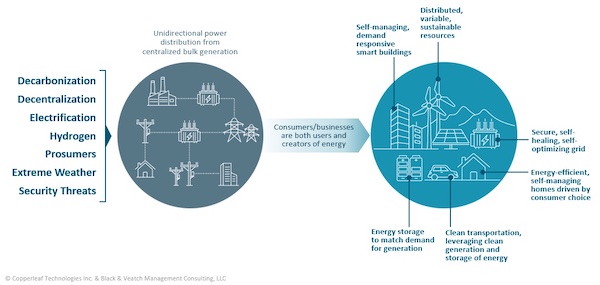
Grid modernization is accelerating due to multiple factors, such as decarbonization, electrification, extreme weather, and security threats.
Valuing innovative projects
The changing demands dictated by grid modernization will require organizations to strike the right balance between cost-effectively managing the current business, while investing appropriately to meet future demands. Organizations are already seeing an increase in both the volume and variety of grid modernization projects. This is leading to increased planning complexity, requiring utilities to demonstrate that they are spending their limited budgets and resources to maximize value and drive their ESG and performance targets.
A value-based approach to investment decision making is key to establishing a common basis to evaluate potential investment opportunities and meet the challenges of grid modernization. The key to achieving your organization’s grid modernization goals is building a multi-year plan that breaks the work into executable chunks. This ensures adequate funding and resources are available to carry out the plan in the short-term, resulting in incremental progress toward longer-term objectives.
With a value-based decision-making approach, organizations can ensure they are making the right grid modernization investments—and justify their plans to internal and external stakeholders.
Align decisions with strategic objectives
Business leaders must develop frameworks that quantify the financial and non-financial benefits of all proposed investments on a common scale and understand how projects will contribute to their short- and long-term grid modernization initiatives and broader energy transition goals. A value framework also creates a clear line of sight from planned investments to regulatory and corporate targets, allowing organizations to provide transparency into the decision-making methodology—and demonstrate the benefits of their plans to regulators, stakeholders, and customers:
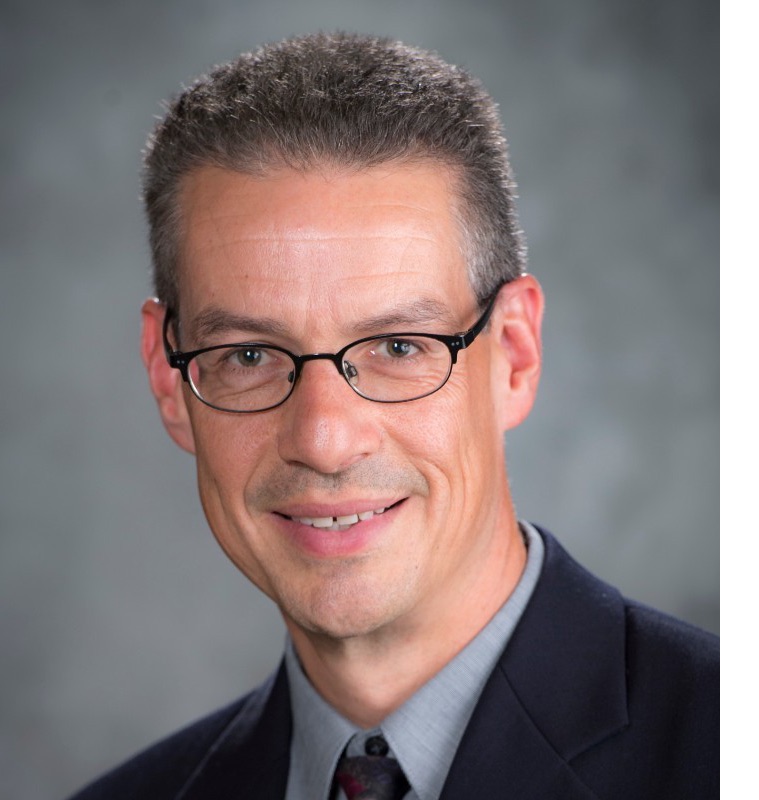 Russ is a Director of Product Management, Decision Analytics at Copperleaf. He is an innovative leader with over 20 years of comprehensive business and technical experience in high-tech product development organizations. Russ holds a B.A.Sc. in Mechanical Engineering from the University of British Columbia and a Management of Technology MBA from Simon Fraser University.
Russ is a Director of Product Management, Decision Analytics at Copperleaf. He is an innovative leader with over 20 years of comprehensive business and technical experience in high-tech product development organizations. Russ holds a B.A.Sc. in Mechanical Engineering from the University of British Columbia and a Management of Technology MBA from Simon Fraser University.
Copperleaf | www.copperleaf.com
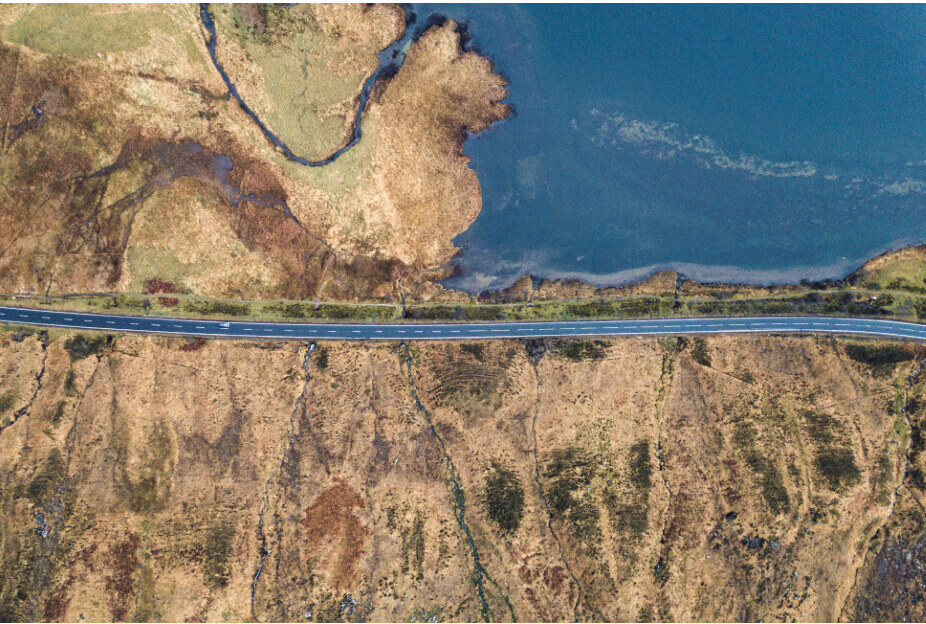
What’s underneath the surface of the land that you plan to develop and who owns it? Identifying owners of mineral rights is critical for utility-scale solar energy projects, especially in regions where these rights are legally separable from surfac....

Since the passage of the Inflation Reduction Act nearly two years ago, U.S. solar panel makers navigate a promising market amid production, legal, and investment considerations Nearly two years after U.S. President Joe Biden signed the Inflation R....
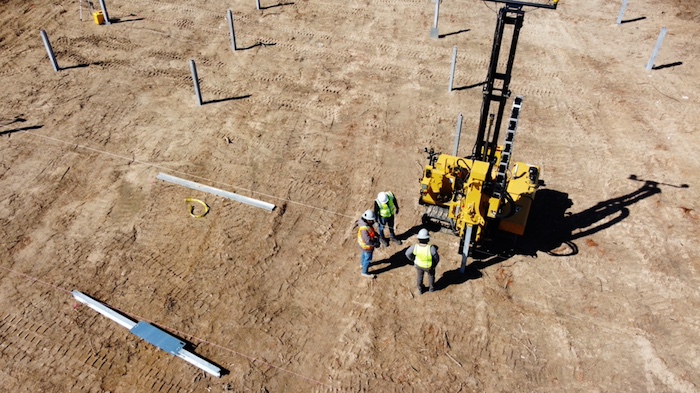
The global shift towards clean energy — exemplified by the widespread adoption of solar power — is not only a beacon of hope for a sustainable future, but also comes with heightened expectations for responsible project execution. From the initial....
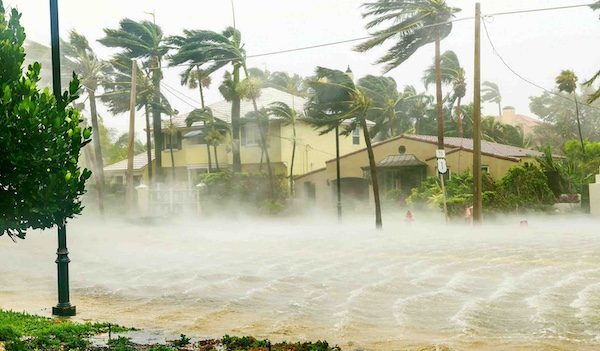
The impacts of climate change are becoming increasingly more apparent as communities around the world experience extreme weather events. From hurricanes and floods to droughts and wildfires, these types of events can have profound negatives effects o....
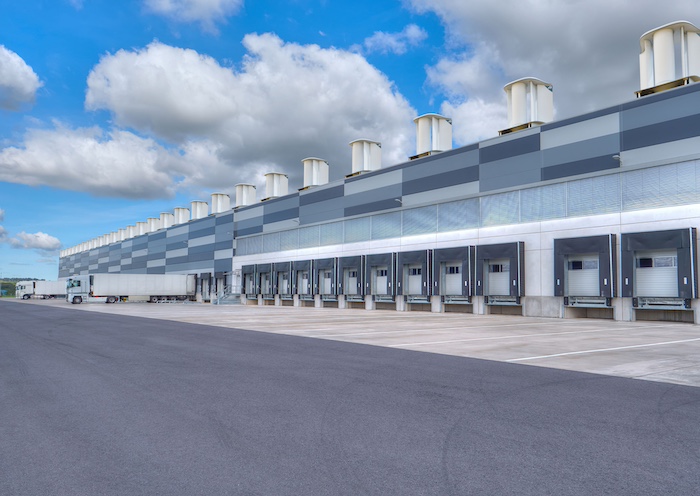
When thinking of renewable energy sources, you most likely picture solar panels or massive wind turbines, churning out energy to reduce the strain on electric grids and helping towns and businesses meet lofty sustainability goals. However, when an ex....
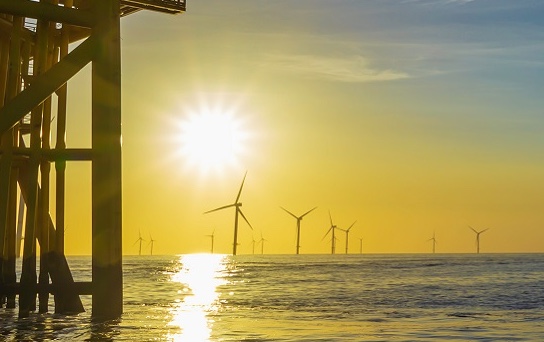
The US offshore wind sector has entered 2024 with cautious optimism as the industry shakes off negativity from last year, ready to apply learnings from a challenging 2023 to the year ahead. There are already key projects in the pipeline, including th....

As the world accelerates its transition to renewable energy sources, the deployment of energy storage solutions has surged to meet the demands of this ongoing transformation. Battery Energy Storage System (BESS) capacity is likely to quintuple betwee....

On April 19, 2019, a thermal runaway event took place in a battery energy storage unit (ESS) located within a building in Surprise, Arizona. The ESS was provided with fire detection and fire suppression, which both activated. Approximately five hours....
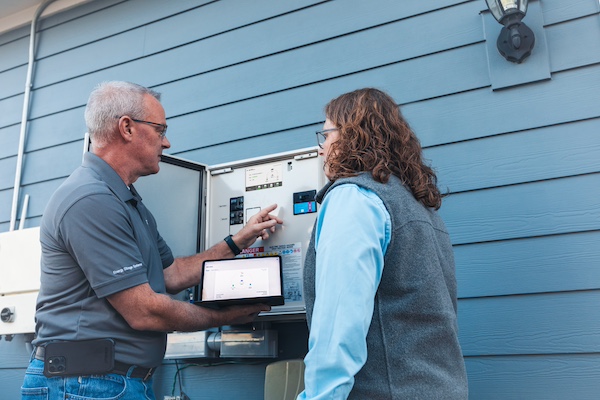
The summer of 2023 was the hottest in recorded history, hitting the United States with disproportionate force. A climatology report by PBS explained that the terrain in and surrounding the U.S. contributes to powerful competing air masses t....

Clean energy growth continues to outpace projections. By early 2025, renewable energy sources are projected to contribute over 33 percent of the world's total electricity generation. While exact growth rates remain in flux and often ar....
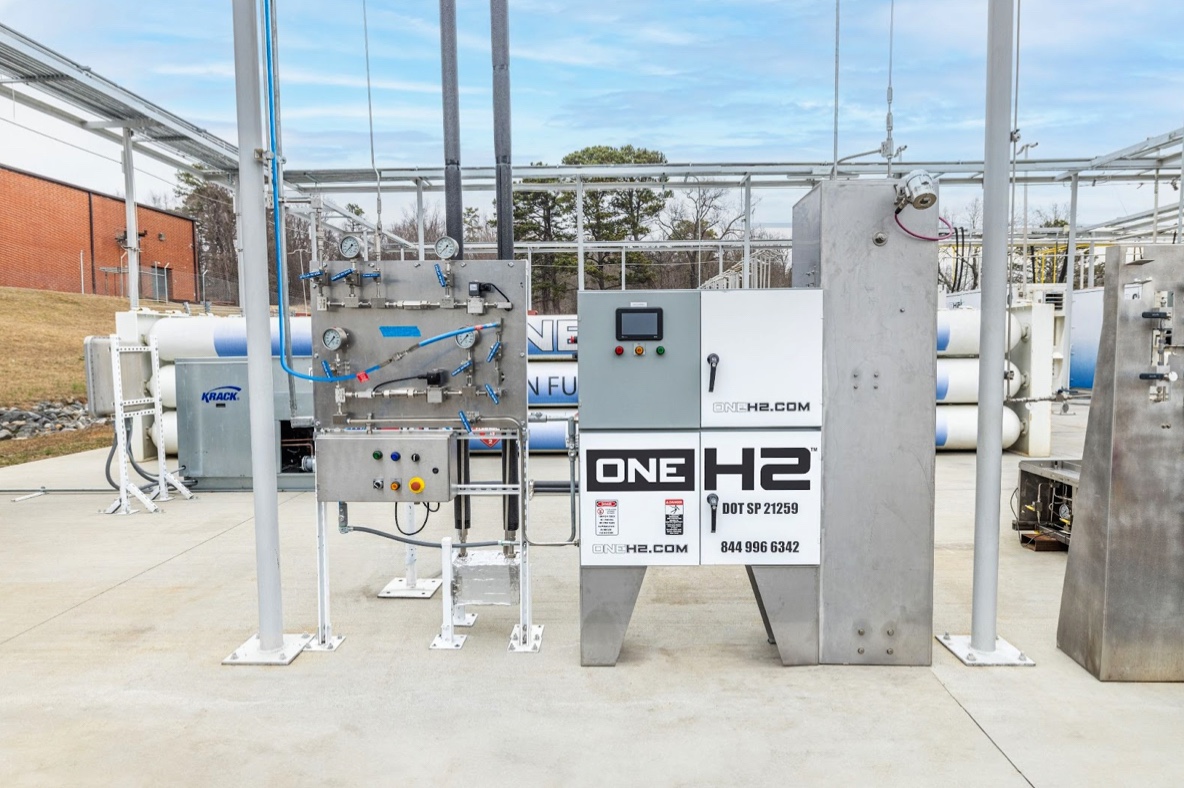
As industrial operations look for opportunities to decrease their carbon emissions, hydrogen fuel cell vehicles and battery-electric vehicles have emerged as potential solutions. These power options generate zero carbon emissions at the tai....

In the last five years, North America has experienced a significant increase in severe weather events that have impacted power grids. In Canada, Alberta's electric system operator issued 17 provincial grid alerts since 2021, due to extreme weather co....